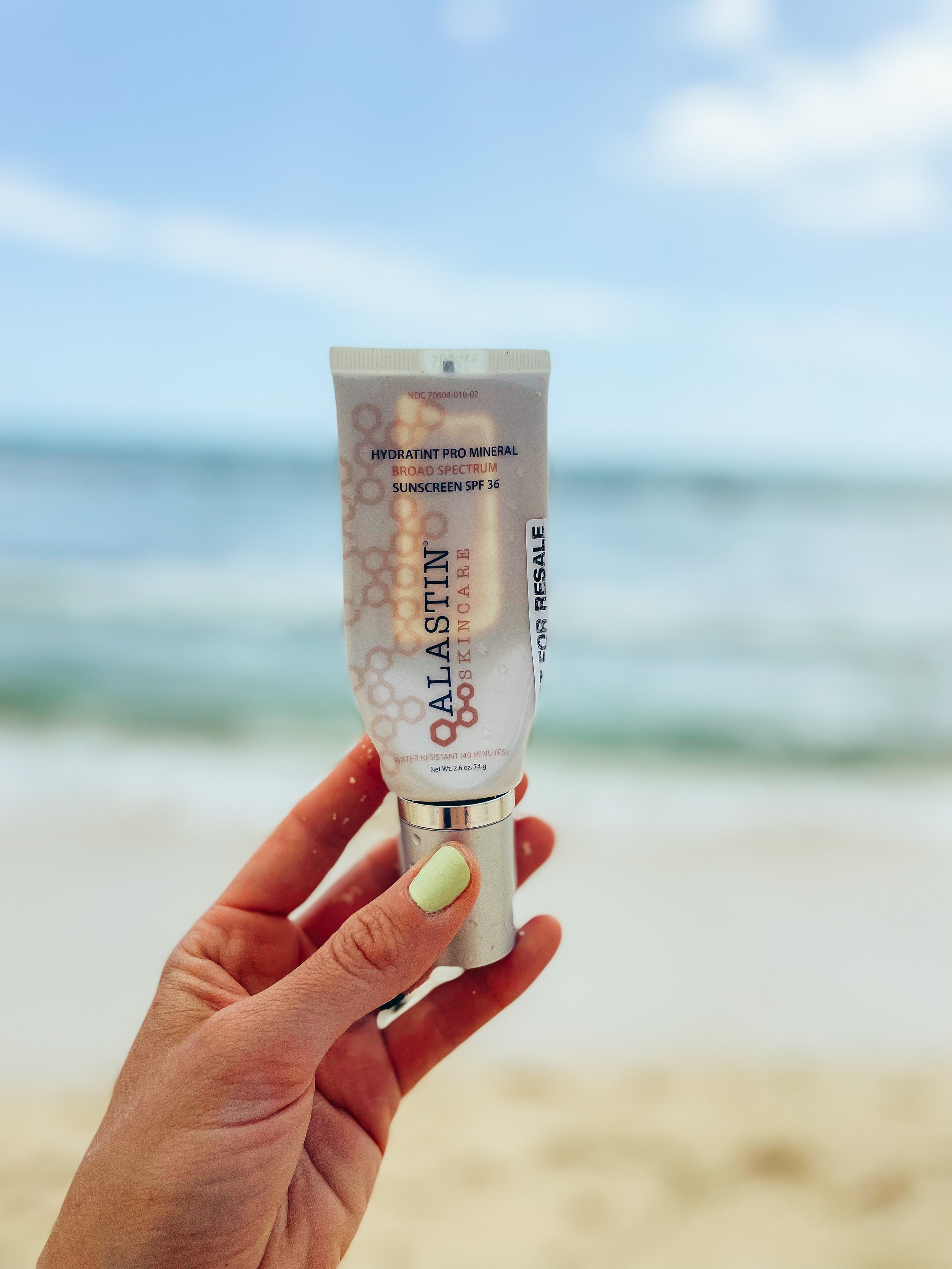Beyond sunscreen: A dermatologist’s top 10 sun-protection tips
As we move into warmer months, we increasingly reach for the sunscreen as we spend more time enjoying the outdoors. But while sunscreen is essential for protecting our skin from cancer-causing UVA and UVB rays, it shouldn’t be our only strategy.
Research estimates that non-melanoma skin cancer (NMSC), including basal cell carcinoma (BCC) and squamous cell carcinoma (SCC), affects more than 3 million Americans a year. (1, 2). Skin cancer is the most common cancer in the United States, but the good news is it’s highly preventable. (3, 4)
To help prevent skin cancer, sunburns and premature aging, I encourage a multi-faceted approach to sun protection year-round for all members of the family, depending on what adventures you have planned for the day.
Here are my top 10 ways to help protect your skin from the sun:
Seek shade wherever you go. When you’re at the pool and the beach and not in the water, hang out under an umbrella.
Select clothing with an ultraviolet protection factor (UPF) number on the label. To illustrate what a significant impact UPF apparel can have, consider this: A thin-white tee shirt worn in the pool only has an SPF of three. A UPF shirt only allows 1/50th of UV radiation to reach your skin! For UPF apparel, I love this sun hoodie by Shēdo Lane. It’s super soft, lightweight and is made with the highest-rated UPF 50+ sun protection fabric. Whether I’m cheering on kids at their soccer or baseball games, I’m winning at the sun protection game.
Protect your skin while in the water by choosing a rash guard swimsuit. Our family loves the suits and rash guards made by local Kansas City company, SwimZip. Betsy Johnson, SwimZip founder, was diagnosed with skin cancer when she was just 26 years old. (Yes, to many this is a surprisingly young age for skin cancer, but I see this often in my skin cancer surgery practice.) Thankfully, Betsy made a full recovery and she used her experience to create swimwear that’s stylish, functional and affordable. Mix-and-match suits feature a signature full zipper down the front of the rash guard, making them so easy to put on and take off.
Don a wide-brimmed hat. Pick a hat with a brim that covers your ears, back of your neck, and shades your entire face. I recommend you wear a hat with a brim of at least three inches for adequate protection. My wife likes this one from SwimZip.
Shade your eyes. UV radiation can contribute to premature vision loss by increasing your risk of cataracts, macular degeneration and keratitis. Approximately five percent of all skin cancers occur on the eyelids, so they need protection too.
Wear a SPF-containing lip balm. We use this one by ThinkSport. It’s nicely moisturizing and provides an SPF of 18.
Supplement with nicotinamide. According to a phase three clinical study published in the New England Journal of Medicine in 2015, nicotinamide supplementation cut the rate of new squamous-cell and basal cell skin cancers by 23 percent as compared to a placebo. I recommend high-risk skin cancer patients take 500 mg of this supplement twice daily.
Incorporate an oral antioxidant. Heliocare is an oral antioxidant available over-the-counter as a dietary supplement. Heliocare is made from polypodium leucotomos ferns, which are known for their protection against free radical damage. This can be taken once daily or intermittently with outdoor activities to help prevent overall sun damage. (Remember, this is an additional measure of protection and not a substitute for sunscreen!)
Sunscreen, re-apply, repeat. People often ask me what the best sunscreen is, and I tell them the one that fits in best with their lifestyle so they’ll use it consistently! Select an SPF of 45 or above and apply 1 ounce (think a shot glass full) every 2 hours, or more often if you’re in the water. I personally like Elta MD UV Clear for my face and UV Pure for my body.
Pick a sunscreen that does more. Choose a tinted sunscreen to even out skin tone, and protect from UV light, blue light, pollution and infrared radiation. My wife, Natalie, loves skin better’s Sunbetter Compact Tone Smart SPF 68 because it provides buildable coverage. She wears Alastin Hydratint Pro Mineral SPF 36 every day either with or without makeup.
This blog post is published during Skin Cancer Awareness Month in partnership with SwimZip to help raise awareness of the many ways (not just sunscreen!) that we can protect our skin from harmful UV rays.
References:
Rogers HW, Weinstock MA, Feldman SR, Coldiron BM. Incidence estimate of nonmelanoma skin cancer (keratinocyte carcinomas) in the US population. JAMA Dermatol. Published online April 30, 2015.
American Academy of Dermatology/Milliman. Burden of Skin Disease. 2017. www.aad.org/BSD.
Guy GP, Thomas CC, Thompson T, Watson M, Massetti GM, Richardson LC. Vital signs: Melanoma incidence and mortality trends and projections—United States, 1982–2030. MMWR Morb Mortal Wkly Rep. 2015;64(21):591-596.
Guy GP, Machlin S, Ekwueme DU, Yabroff KR. Prevalence and costs of skin cancer treatment in the US, 2002–2006 and 2007–2011. Am J Prev Med. 2015;48:183–7










